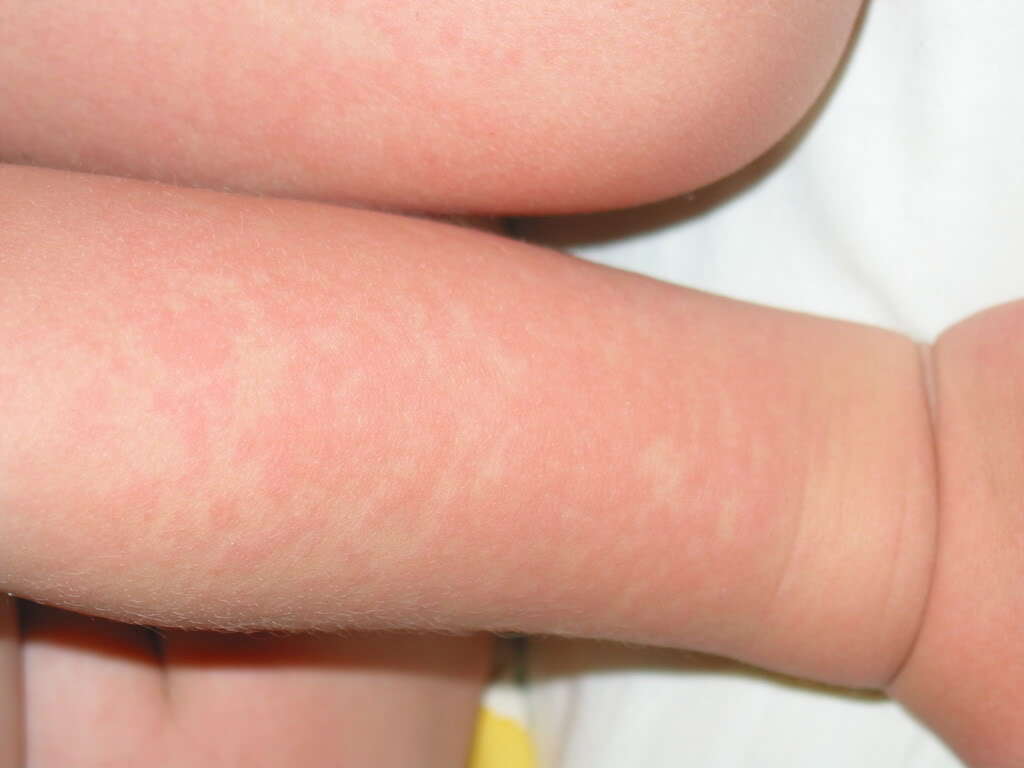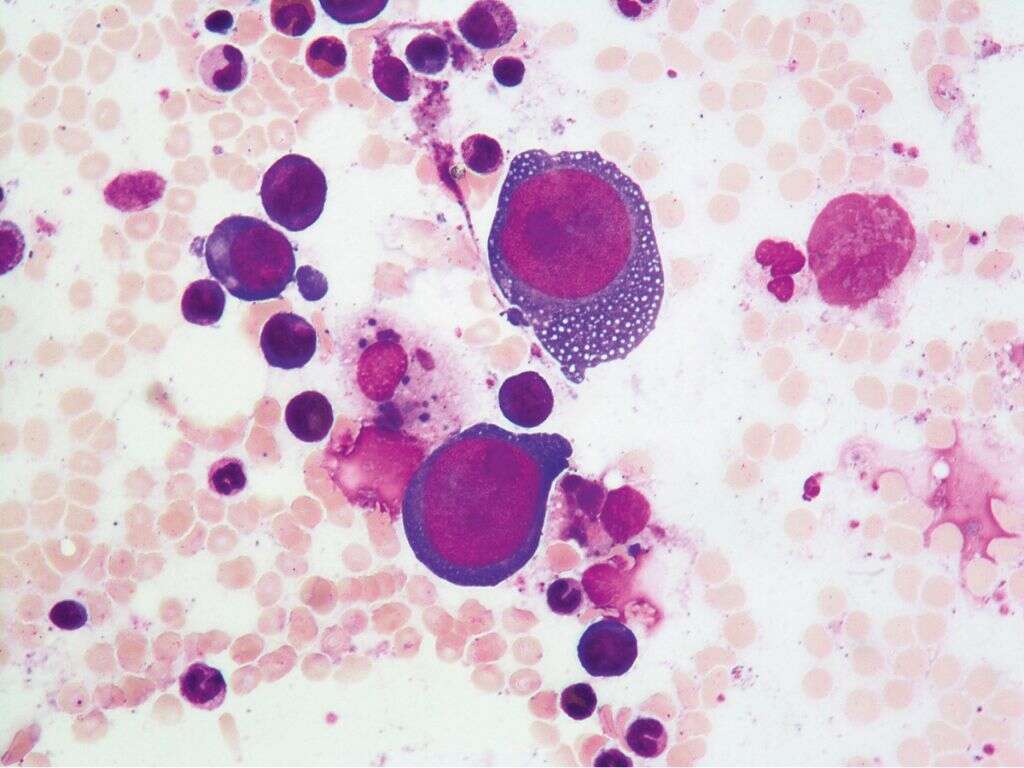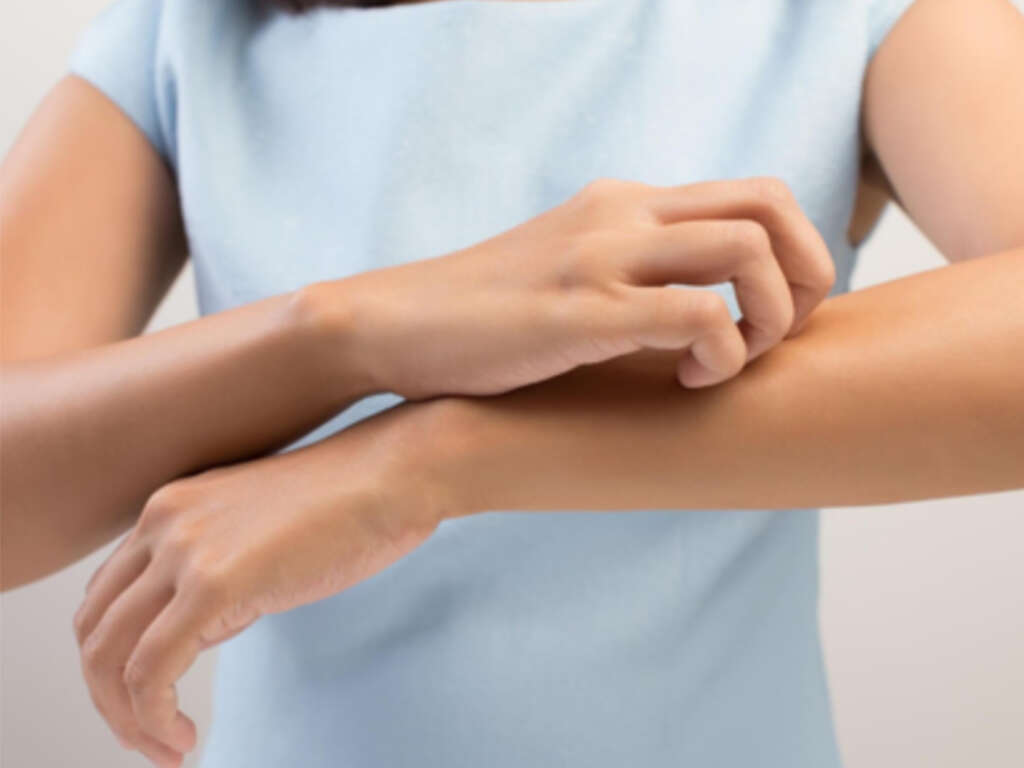10 Symptoms of Fifth Disease
Advertisement
Fifth disease or erythema infectiosum is the result of a possible manifestation of an infection by parvovirus B19 (a type of erythrovirus most commonly known for causing diseases in the pediatric population but can also affect adults). The virus also causes conditions involving hematological, neurological, and rheumatological disorders. The name fifth disease is coined from the standard list of diseases that causes rash in childhood: where measles rank first, scarlet fever at second, rubella (third), Duke’s disease (fourth), erythema infectiosum (fifth), and roseola (sixth). Erythema infectiosum usually has an incubation period ranging from 4 to 14 days which is transmitted primarily through aerosolized respiratory droplets. It can also be transmitted from mother to fetus.
The diagnosis of erythema infectiosum is achieved clinically based on the symptoms of the patients. Erythema infectiosum is a classic condition that has a 3-phase progression. Since it is a benign and often self-limiting disease, the only intervention necessary is reassuring the parents of the affected child. Symptomatic treatment such as pain medication (to relieve pain and fever) and antihistamines (to relieve itchiness) may also be helpful. Patients should rest and be kept hydrated.
Advertisement
Symptom #1: Exanthem
An exanthem is a medical term that describes a widespread eruptive skin rash that is usually seen among children. It can be caused by a variety of factors such as infection, drugs, toxins, or autoimmune disease. The four classical viral exanthem are measles, rubella, roseola infantum, and erythema infectiosum. Viral exanthems are common among children.
The word exanthem originates from the Greek word that means “breaking out” and “flower”. A child with an exanthem is breaking out and can be likened to a child bursting into bloom. The raised and bright red rash is pronounced over the cheeks which spares the nose, perioral (surrounding areas of the mouth), and periorbital (surrounding areas of the eyes) areas. It may appear like a sunburn.
Advertisement

Advertisement







